Parable of the Month September (Rosh haShana): Working Wonders
Text of the parable (for commentary see below):
“Who is like You, O Lord, among the celestials/gods; Who is like You, majestic in holiness, Awesome in splendor, working wonders!” (Exod 15:11)
“Working wonders” (Exod 15:11):
The measure of flesh and blood is not the measure of the Place. Flesh and blood builds the lower part and after that he builds the higher part.
But He who spoke, and the world came into being is not so, rather, he builds the higher part and afterwards He builds the lower part, as it is said: “When God began to create heaven and earth” (Gen 1:1).
Another interpretation: “working wonders” (Exod 15:11).
The measure of flesh and blood is not the measure of the Place. When flesh and blood makes a roof, he makes it with wood, and with stones, and with earth.
But He who spoke, and the world came into being is not so. Rather, when He made the roof of His world, He made the roof only with water, as it is said: “He makes the roof of His lofts in/with water, etc.” (Ps 104:3).
Another interpretation: “working wonders” (Exod 15:11).
The measure of flesh and blood is not the measure of the Place. Flesh and blood cannot form a form with water.
But He who spoke, and the world came into being is not so. Rather, He forms a form (‘tsar tsura’) with water, as it is said: “Let the waters bring forth swarms (‘yishretsu’) of living creatures, etc” (Gen 1:20).
Another interpretation: “working wonders” (Exod 15:11).
The measure of flesh and blood is not the measure of the Place. Flesh and blood cannot form a form in the dark.
But the Place is not so. Rather, He made a form in the dark, as it is said: “when I was shaped in a hidden place, knit together in the recesses of the earth” (Ps 139:15).
Another interpretation: “working wonders” (Exod 15:11).
The measure of flesh and blood is not the measure of the Place. Flesh and blood, when he forms a form, begins with its head or its leg or with one of its limbs.
But the Place, blessed be He, is not so, but when He forms a form, he forms the whole at once, as it is said: “Because He forms it all” (Jer 10:16), and it says: “There is no rock (‘tsur’) like our God” (1 Sam 2:2) – there is no former (‘tsayar’) like God.
Another interpretation: “working wonders” (Exod 15:11).
The measure of flesh and blood is not the measure of the Place. Flesh and blood goes to one who makes statues and says to him: Make me the form of father. He says to him: Bring me your father and let him stand in front of me; or bring me an image of him, and I will make for you like his form.
But He who spoke, and the world came into being is not so. Rather, He gives to this man a son from a drop of water,
similar to the form of his father.
Source: Mechilta de Rabbi Shimon bar Yochai, Shirata
Commentary: Rosh haShana – the Celebration of Creation
These parables are part of a midrash on Exodus 15:11, which extols God’s uniqueness and greatness. The six parables presented here draw on the words “working wonders”, and deal with God’s creating powers. God’s wonderful powers – rendered by the Rabbis with the phrase “the measures of the Place” – are incomparable to those of “flesh and blood” – humans. Yet these meshalim make it very clear that humanity is the summum of God’s creation. Since the creation is celebrated at the Jewish holiday of Rosh haShana, the New Year, that has just started this month, this series of parables are apt for this season.
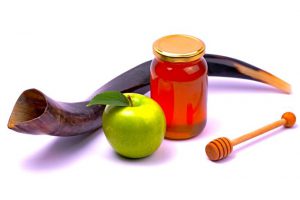
During Rosh haShana apples dipped in honey are eaten (expressing the wish for a sweet new year), and a ram’s horn (the shofar) is sounded.
The parables are carefully designed and structured: they gradually work up to an apotheosis about the creation of a human being, which is the topic of the last mashal. This summum of all God’s creations is carefully prepared by elements and hints in the previous meshalim that deal with “working wonders”, from the creation of heaven and earth to the creation from water, hidden in the verse about the creation of the crawling creatures, to the creation of the human “within the earth”, to the creation of a form “all at once”, we finally reach the creation of the human from a drop of water.
While transparent at first view, the last mashal contains some bumps and seams. First, there is a discrepancy between mashal and nimshal: the person going to the artist in the mashal wants an image of his own father; whereas in the nimshal, a man is given a son in his own image. Second, in line with the mashal, one would think that God has an example in front of Him when he sees that man, the father. The wonder is therefore not so much that He can create the same form without seeing it, because He sees it, but that He can do so from just a drop. The idea that a child develops only from semen, without any input of the mother, betrays the view that only the father is responsible for the actual material from which a fetus is formed, the woman being merely a “fruitful field”. This view is not unanimously accepted in rabbinic literature, as other rabbinic texts mention some influence on the part of the mother too. Lastly, this mashal gives the impression that each child is very similar to his father whereas this is obviously not always the case.
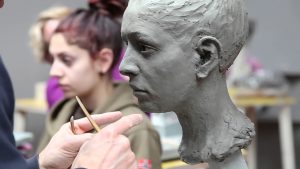

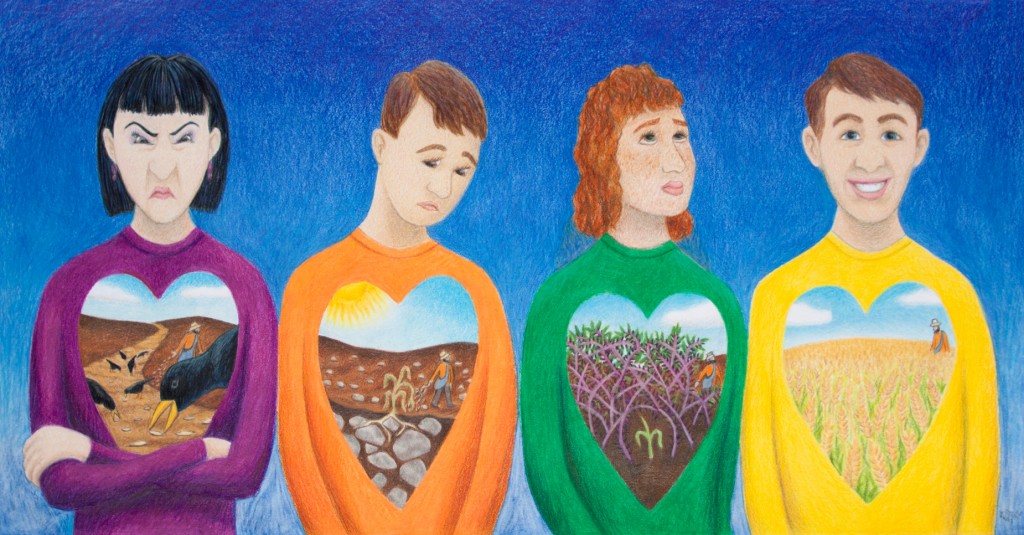
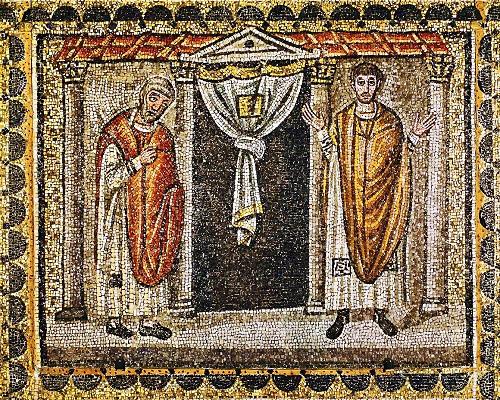
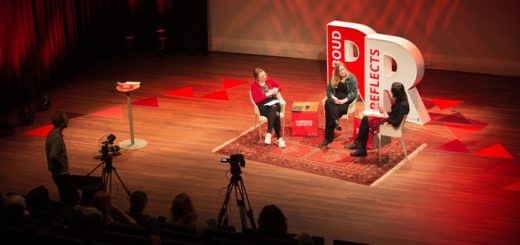
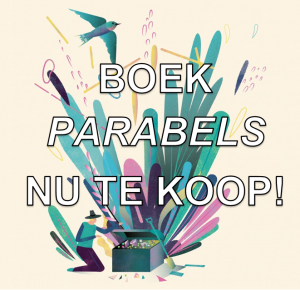
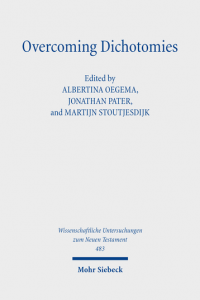
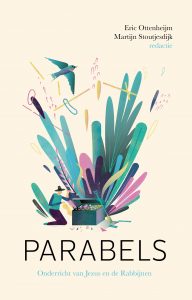
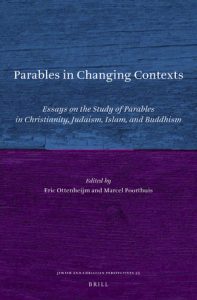
Recente reacties